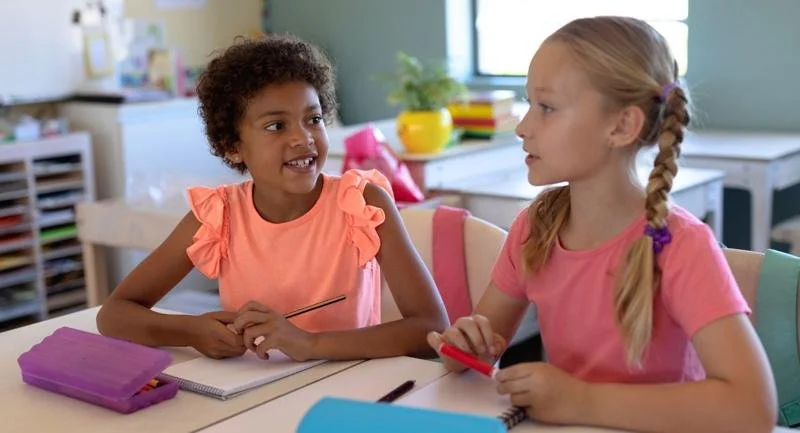
We write from our practice to support yours.
Search our blogs to explore topics that inspire you.
From Grading to Guiding
When students learn to evaluate their own work, teachers’ roles in assessment change for the better.
Revisiting the Rules of Gradual Release of Responsibility
Here, we build on that foundation by showing how aspects of GRR can be used not only in sequence, but also simultaneously—allowing teachers to respond flexibly to student needs and keep all learners engaged.
Assessment As a Tool to Empower and Motivate Learners
But, when integrated seamlessly into instruction, assessment guides instruction, empowers learners, and supports student understanding
Are Classes Rigorous?
When the ratio between failure and success tips to failure, students are less likely to take risks. In fact, they may disengage from the learning process to avoid repeated failures.
Better Arguments, Stronger Writing
Help your students anticipate and construct counterclaims to improve their persuasive writing.
An Evidence-based Way to Think About RIGOR
...we identified multiple potential components of rigor based on our review of research and then asked over 400 teachers and leaders to vote on them.
Clarity and Practice Go Together Like Peas and Carrots
When our learning experiences, explanations, examples, and plan for generating evidence is clearly articulated, there is a greater potential that we engage in deliberate practice—a focused, systematic approach to accelerating learning.
Improving Reading with Sentence Fluency
But what seems to be missing from the conversations about quality reading instruction is the sentence-level work that students must do to understand what they read.
Clarity for Learning: What’s Next in What Works Best
In today’s complex educational landscape, one element consistently emerges as essential for accelerating student learning: clarity.
A Better Way to Read Aloud
Take a look at the tried-and-true instructional approach of the interactive read-aloud. We cover 7 key characteristics of interactive read-alouds and how a strategy used by primary teachers can enhance print awareness by drawing attention to the features of print.










